refining process of magnesium r
2021-09-03T18:09:14+00:00

USA Magnesium refining process Google Patents
Disclosed is a process for refining magnesium crude containing between about 07 and 15 wt % calcium The process includes mixing a flux containing from about 55 to 85 wt % magnesium chloride and 45 to 15 wt % alkali chlorides into a molten body of the crude Refined magnesium is thereby produced, as well as a sludge containing calcium chloride which never has a Refining After extraction by the processes described above, crude magnesium metal is transported to cast shops for removal of impurities, addition of alloying elements, and transformation into ingots, billets, and slabsmagnesium processing Techniques Methods BritannicaRefining fluxes are usually stirred with molten metal for better process [4] Magnesium chloride (MgCl 2 ) is one of the most common material that have been used in (PDF) Final Report on Refining Technologies of Magnesium
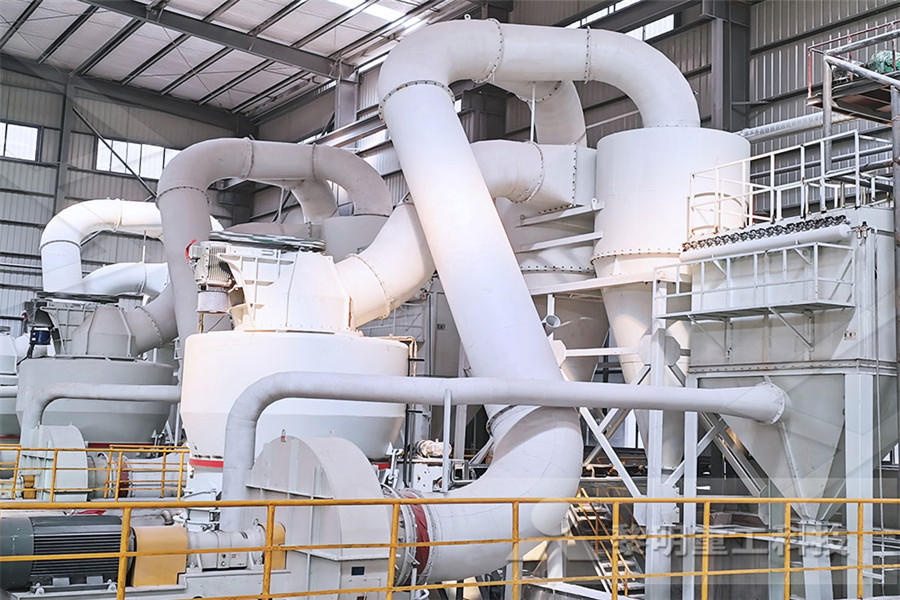
Magnesium Refining: A Fluxless Alternative
01/02/1992 The refining process utilizes a protective gas atmosphere, inert gas sparging and filtration techniques, rather than salt based fluxes, to remove both nonmetallic inclusions and dissolved gases01/02/1992 The refining process utilizes a protective gas atmosphere, inert gas sparging and filtration techniques, rather than salt based fluxes, to remove both nonmetallic inclusions and dissolved gases Experimentation results of this refining process indicate magnesium scrap can be remelted and refined to a quality equal to or better than virgin ingot, without the introduction Magnesium Refining: A Fluxless AlternativeThe Pidgeon process has been conventionally known as one of methods of refining magnesium In the Pidgeon process, dolomite ore (CaMg(CO 3) 2) is calcined to form an oxide, and the oxide and ferrosilicon are mixed to form briquettes The formed briquettes are placed in a reaction furnace (retort) and constantly heated under vacuum at a high temperature of about MAGNESIUM REFINING APPARATUS AND MAGNESIUM REFINING
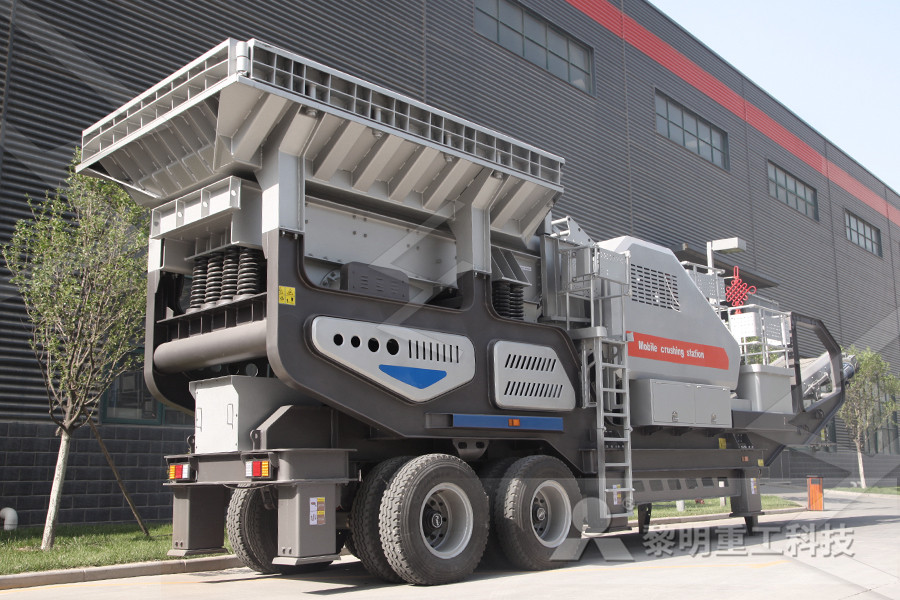
refining process of magnesium problemypleticz
Recently, magnesium has been refined from the magnesiumaluminum(Al) alloy by a novel refining process: dissolving magnesium and its oxide into a molten CaF2MgF2 flux, followed by argonassisted evaporation of dissolved magnesium and subsequently condensing the magnesium vapor [1] In addition to refining, the Get Price IMA Launches New Sea Water Refining Process Of Magnesium Oxide Magnesium in seawater, mainly in the form of magnesium chloride and magnesium sulfateMaking magnesium from seawater on a large scale is an uncomplicated process in which lime milk is added to seawate A review: Past, present and future of grain refining of Grain refining with superheating is highly affected by refining process of magnesium21/08/2014 As far as refining magnesium is concerned, electrolysis is more suitable than smelting due to the position of magnesium on the reactivity series of metals This rank means that electrolysis is the adequate method, as the positive and negative particles of the magnesium ore need to be separated in order to prevent unwanted reactions with other elements such as Science Assessment Task: Refining Magnesium with Electrolysis
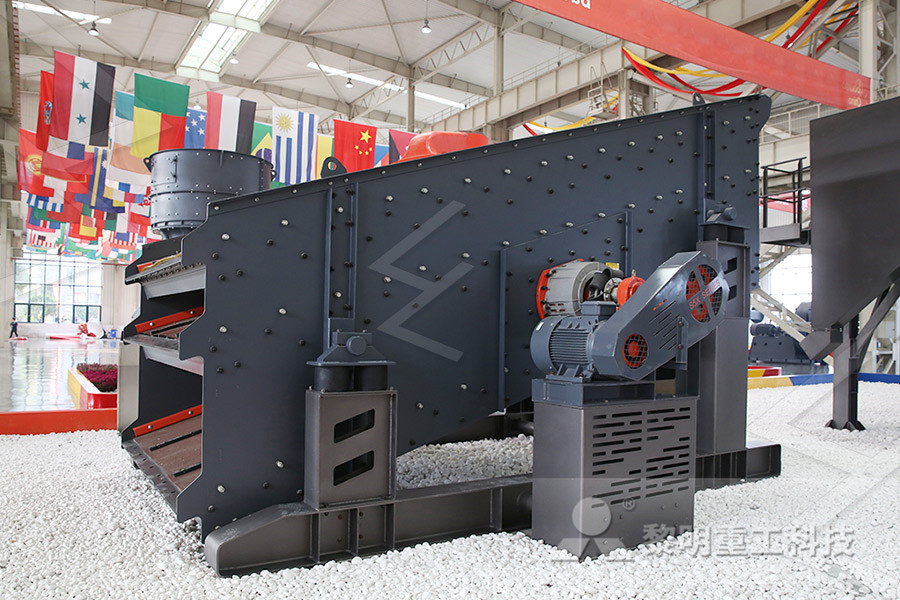
Extraction of Magnesium Metalcess
Extraction of Magnesium The extraction of magnesium mainly falls into two groups, ie electrorefining (for magnesite) and thermal reduction process (for dolomite) Brief introduction will be given in the following passage Thermal reduction process is represented by Pidgeon process, named after its inventor Dr Lloyd Montgomery PidgeonREEMagnesium Inc, a CVMR® Texas Company, operates a portfolio of unique processes and techniques that have been developed over the past 30 years REEMagnesium Inc and CVMR® have approximately 95 years in collective experience in recovery, separation, and refining of metals from ores, concentrates, mattes, slurries, and waste Our operations Refining Technology – REE Magnesium IncGBA chemical patent summaryAn improved process for extracting or refining magnesium
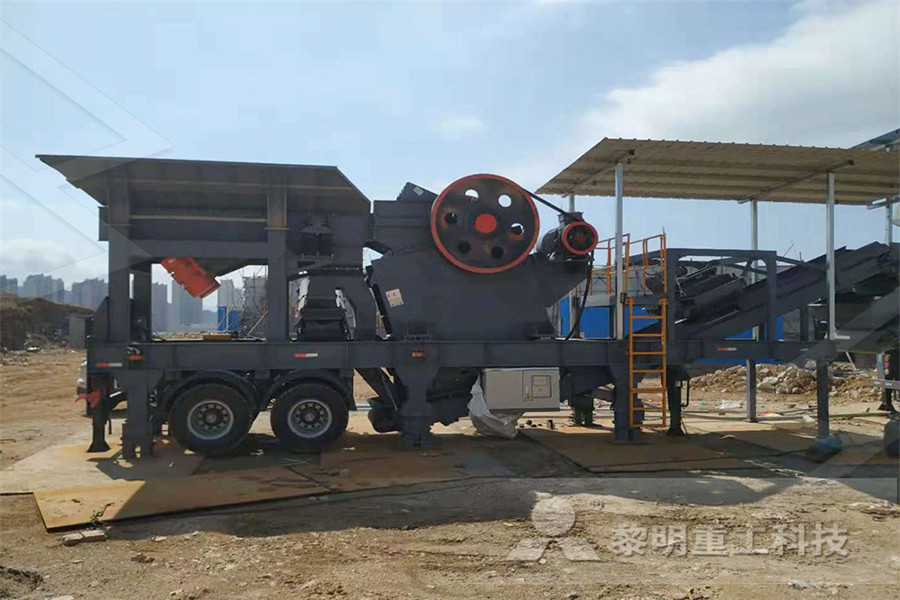
Mining and Refining Magnesium in the United States
03/06/2019 All CVMR® refining processes are environmentally neutral without an impact on the air, water, or soil CVMR® is a designated NATO supplier CVMR® is a designated NATO supplier MAGNESIUM MARKETThe process consists of two steps; firstly to perform an industrial process involving magnesium chloride and then decompose it into the magnesium metal and chlorine gas in electrolytic cells Generally in industrial processes, the feedstocks contain different molten salts which consist of anhydrous magnesium chloride, partly dehydrated magnesium chloride or anhydrous Magnesium element extraction method – solution mining Magnesium Recycling of Partially Oxidized, Mixed Magnesium , Pure magnesium (Mg) is recycled from 19g of partially oxidized 505wt% MgAluminum (Al) alloy During the refining process, potentiodynamic scans (PDS) were performed to determine the electrorefining potential for magnesium The PDS show that the ,refining process of magnesium institutdsfr
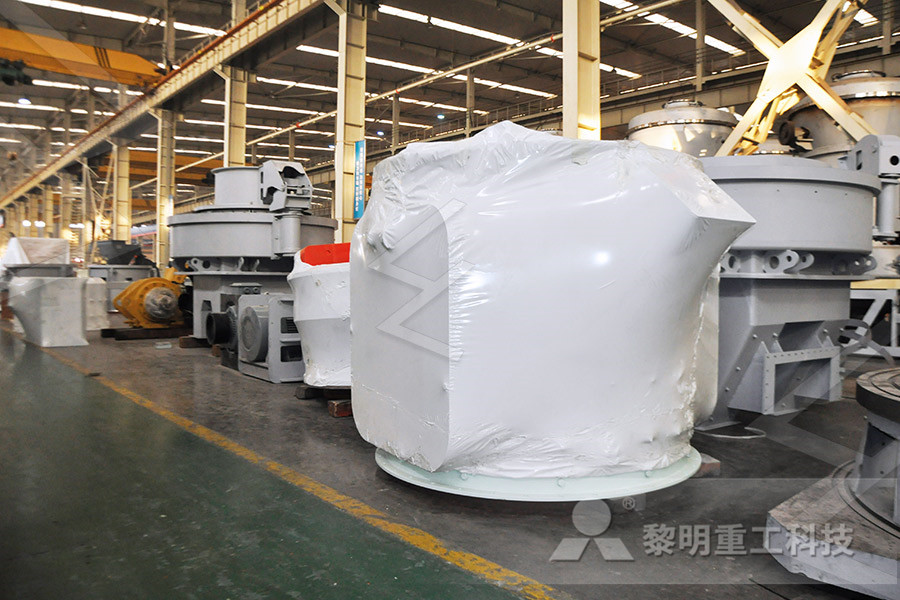
Magnesium Refining: A Fluxless Alternative
01/02/1992 The refining process utilizes a protective gas atmosphere, inert gas sparging and filtration techniques, rather than salt based fluxes, to remove both nonmetallic inclusions and dissolved gases Experimentation results of this refining process indicate magnesium scrap can be remelted and refined to a quality equal to or better than virgin ingot, without the introduction The Pidgeon process has been conventionally known as one of methods of refining magnesium In the Pidgeon process, dolomite ore (CaMg(CO 3) 2) is calcined to form an oxide, and the oxide and ferrosilicon are mixed to form briquettes The formed briquettes are placed in a reaction furnace (retort) and constantly heated under vacuum at a high temperature of about MAGNESIUM REFINING APPARATUS AND MAGNESIUM REFINING 27/04/2021 Refining 6 Life cycle assessment Get Free Whitepaper! Magnesium Extraction: Vertical Pidgeon Process The Vertical Pidgeon Process is a relatively new technology, with many advantages over the Horizontal Pidgeon Process Several institutes in China have taken the vertical process into an industrial scale With this method the retort is mounted into the How is Magnesium Extracted? SPOTLIGHTMETAL
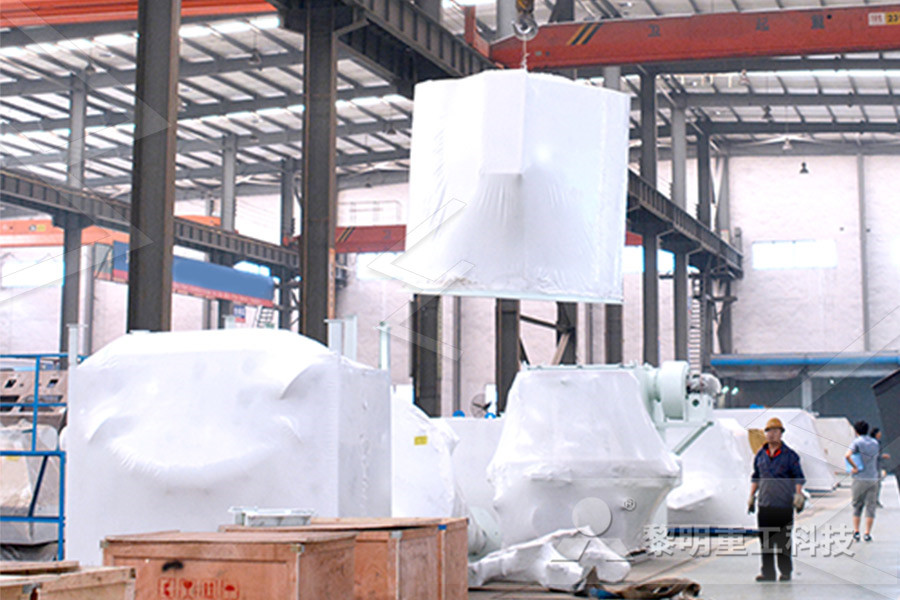
Refining Testwork on Crude Magnesium Produced in the
Magnesium Process M Abdellatif Mintek, Randburg, South Africa Keywords: Magnesium, pyrometallurgy, Mintek Abstract – Samples of crude magnesium produced by the Mintek Thermal Magnesium Process were refined in two stages The first stage consisted of co melting of batches of the crude metal and MgCl2KCl flux (cleaning), followed by stirring at 30 rpm for 30 GBA chemical patent summaryAn improved process for extracting or refining magnesium Magnesium refining processes are typically based on the use of fluxes, most of which contain MgCl 2, KCl, NaCl, CaCl 2, or BaCl 2 These fluxes separate the surface oxides, gases, or other contaminates from the metal The most important physical and chemical properties of a salt melt are the fusibility, density in the operating temperature range (920–1023 K), and viscosity Removal of Ca from Magnesium Melt by Flux Refining
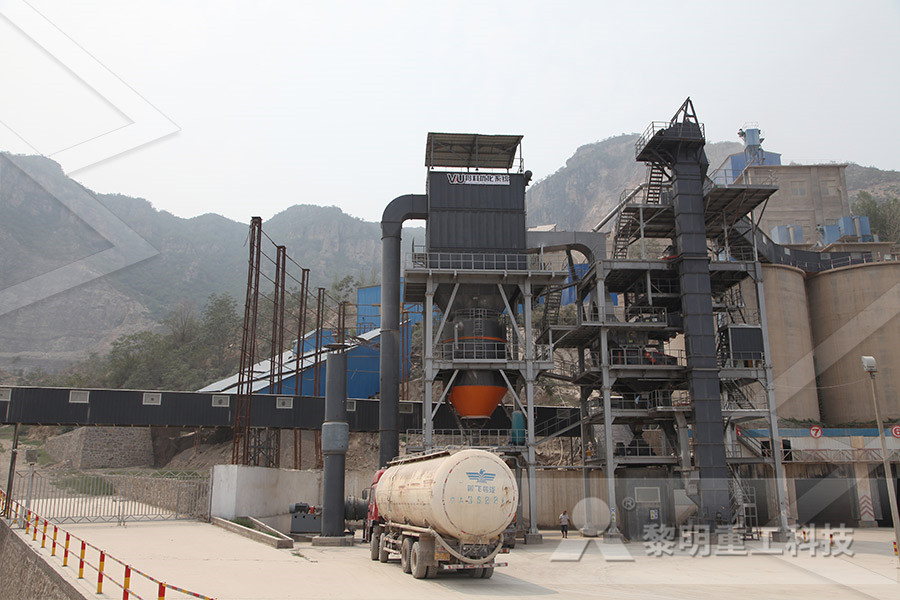
Magnesium smelting and magnesium alloy smelting process
The refined magnesium produced by magnesium refining is commonly referred to as commercial magnesium [ Thermal reduction magnesium smelting Product reduction of magnesium by thermal reduction process refers to a method of smelting magnesium that uses a reducing agent to reduce magnesium oxide to metallic magnesium at high temperature REEMagnesium has a market leadership position supported by exclusive licenses in patentprotected technologies invented by CVMR ® Our modular closedloop system is internationally recognized as the most environmentally friendly and neutral refining process with a proven operational track record for over 30 yearsREE Magnesium Inc – Transforming industry practices to Processus de production de réfractaire au carbone et au magnésium Apr 29, 2020 Des matériaux réfractaires au magnésium et au carbone ont été développés par le Japon pour l'application de fours électriques dans les 1970 s Le test d'applicabilité a d'abord été réalisé sur des fours électriques à 1970 Après six ans de tests d Processus de production de réfractaire au magnésium et au







